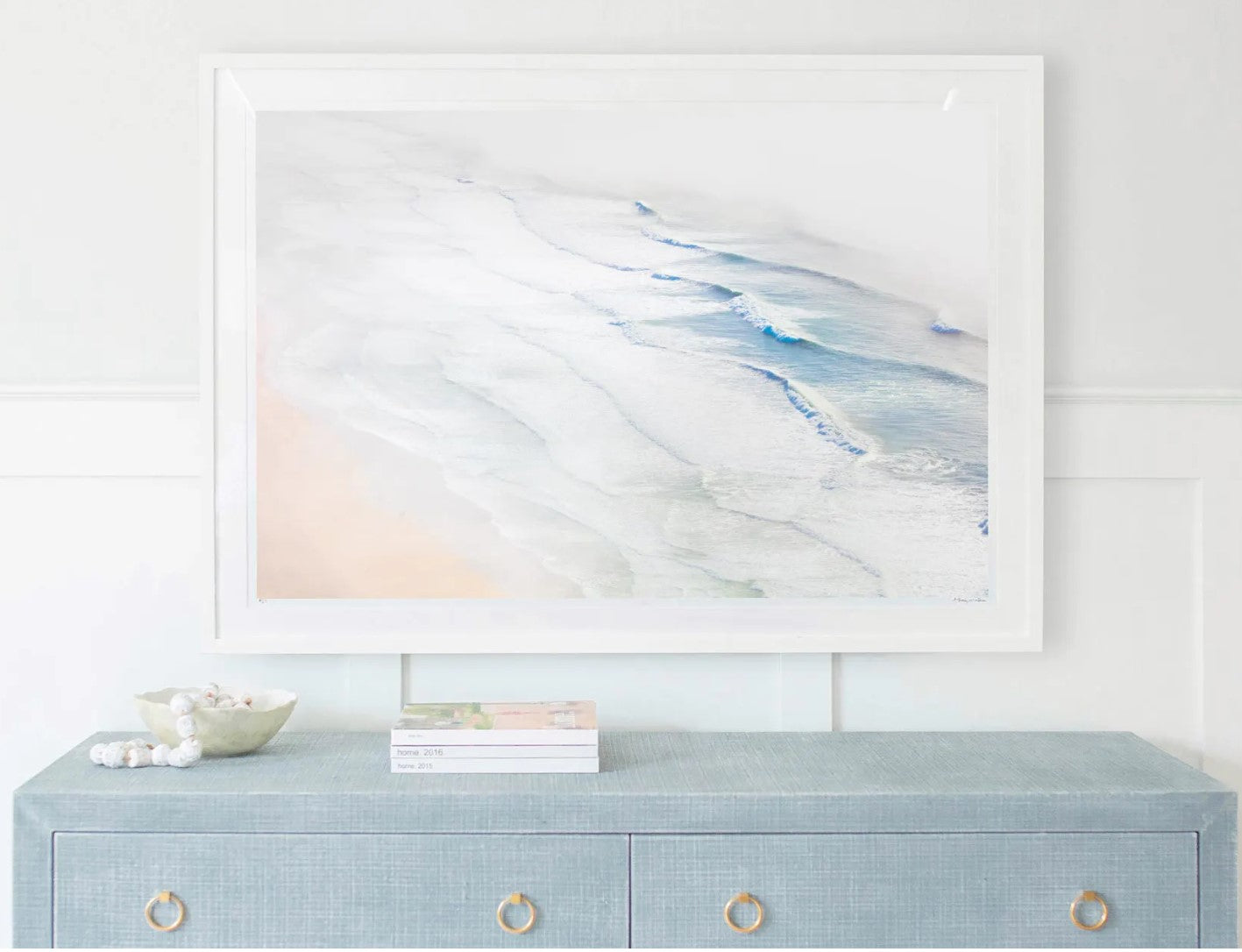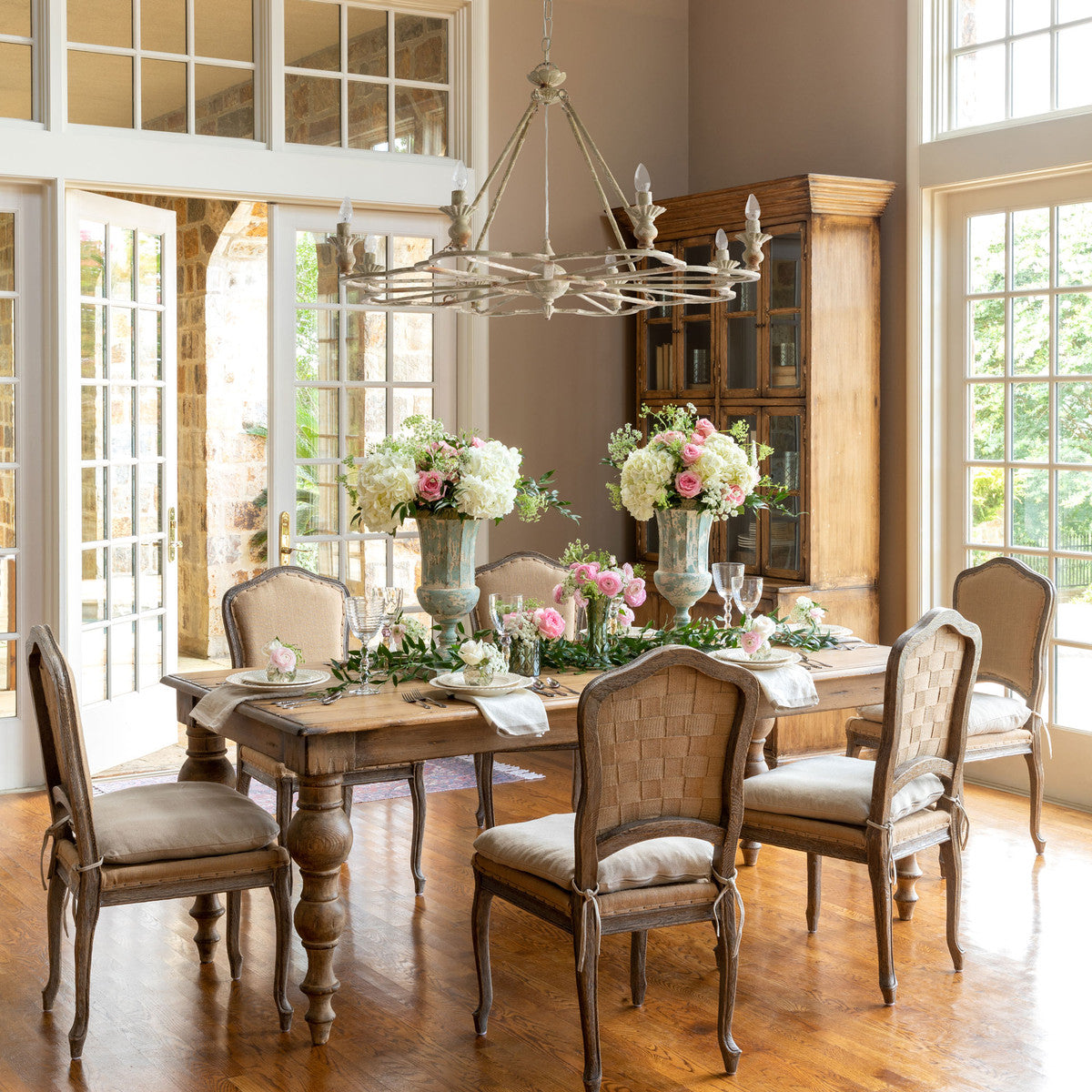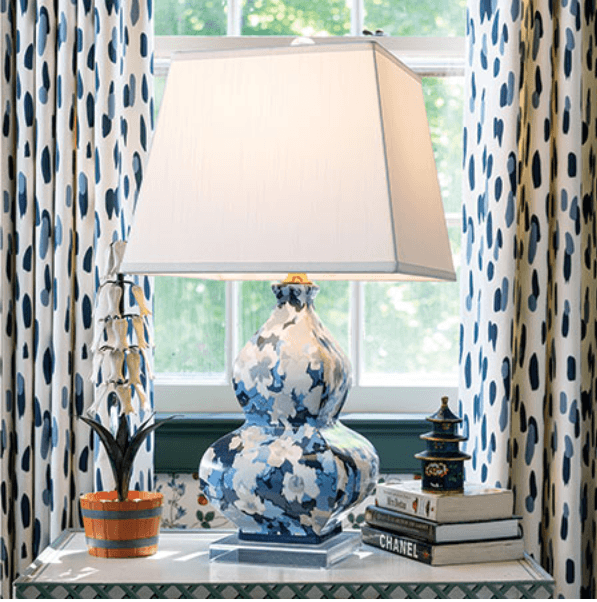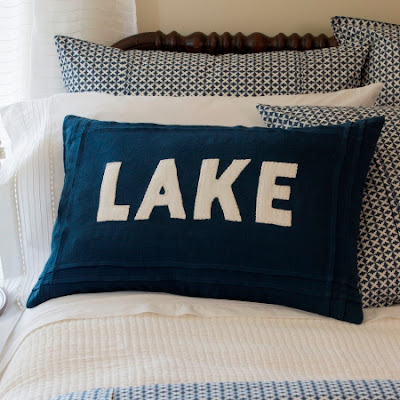Finding serenity in your home is crucial amidst the hustle and bustle of an increasingly busy, stressful world. As our lives become more fast-paced and technology-driven, there is a growing trend in the world of interior design that seeks to create spaces that evoke a sense of calm and tranquility. Welcome to the world of "Quiet Luxury:" – a design philosophy that celebrates understated elegance. Think the Roy family on Succession: logo-free cashmere sweaters, expansive and luxurious homes with the finest of everything (but not shouting it from the rooftops).
Quiet Luxury is a departure from the opulence and ostentation that has defined the luxury market in the past. Instead, it focuses on a refined aesthetic that stands the test of time. At its core, this trend embraces the Japanese philosophy of Wabi-Sabi, valuing imperfection, asymmetry, and the natural beauty of materials and textures.
.png) |
| Shop the Quiet Luxury trend at Lavender Fields |
What is the color palette of a Quiet Luxury home?
The color palette of Quiet Luxury is a blend of soothing neutrals and muted tones. Soft whites, gentle greys, warm beiges, and earthy hues dominate the spaces. These colors also allow natural light to play a significant role, fostering a connection with the outdoors and bringing a sense of balance into the home. Don't be afraid to mix textures: grasscloth wallpapers, boucle armchairs, and mohair sofas are all welcome in these spaces.
 |
| Modern History's artisan-crafted furniture is ideal for a Quiet Luxury home. Shop Modern History at Lavender Fields. |
Quiet Luxury and Minimalism
Decluttering is another hallmark of this trend. In a world filled with excess, Quiet Luxury seeks to create spaces free from unnecessary distractions. This minimalistic approach to decor emphasizes the importance of selecting pieces thoughtfully, ensuring each item serves both a functional and aesthetic purpose.
 |
| Crisp, clean, luxury bedding like Sferra is a hallmark of the quiet luxury trend. Shop Sferra bedding at Lavender Fields. |
Where to source Quiet Luxury decor
One of the key elements of Quiet Luxury is the use of natural materials. Wood, stone, and natural fabrics like linen, silk, and wool take center stage, reflecting a deep appreciation for the organic beauty of nature.
Textiles also play a significant role in Quiet Luxury decor. Luxurious, soft fabrics like cashmere, silk, and wool bring tactile comfort to the living space. Layering these textiles adds depth and warmth to the overall design, creating an inviting sanctuary where residents can unwind and recharge.
 |
| Our Sferra Pettine collection is the epitome of Quiet Luxury. Shop Sferra bedding online at Lavender Fields. |
How to embrace a Quiet Luxury look in your home
 |
| Shop Sferra Robes at Lavender Fields |

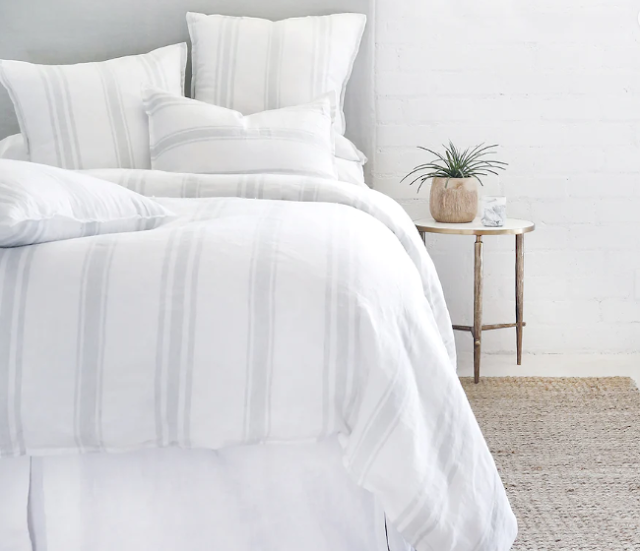



.png)

.png)
